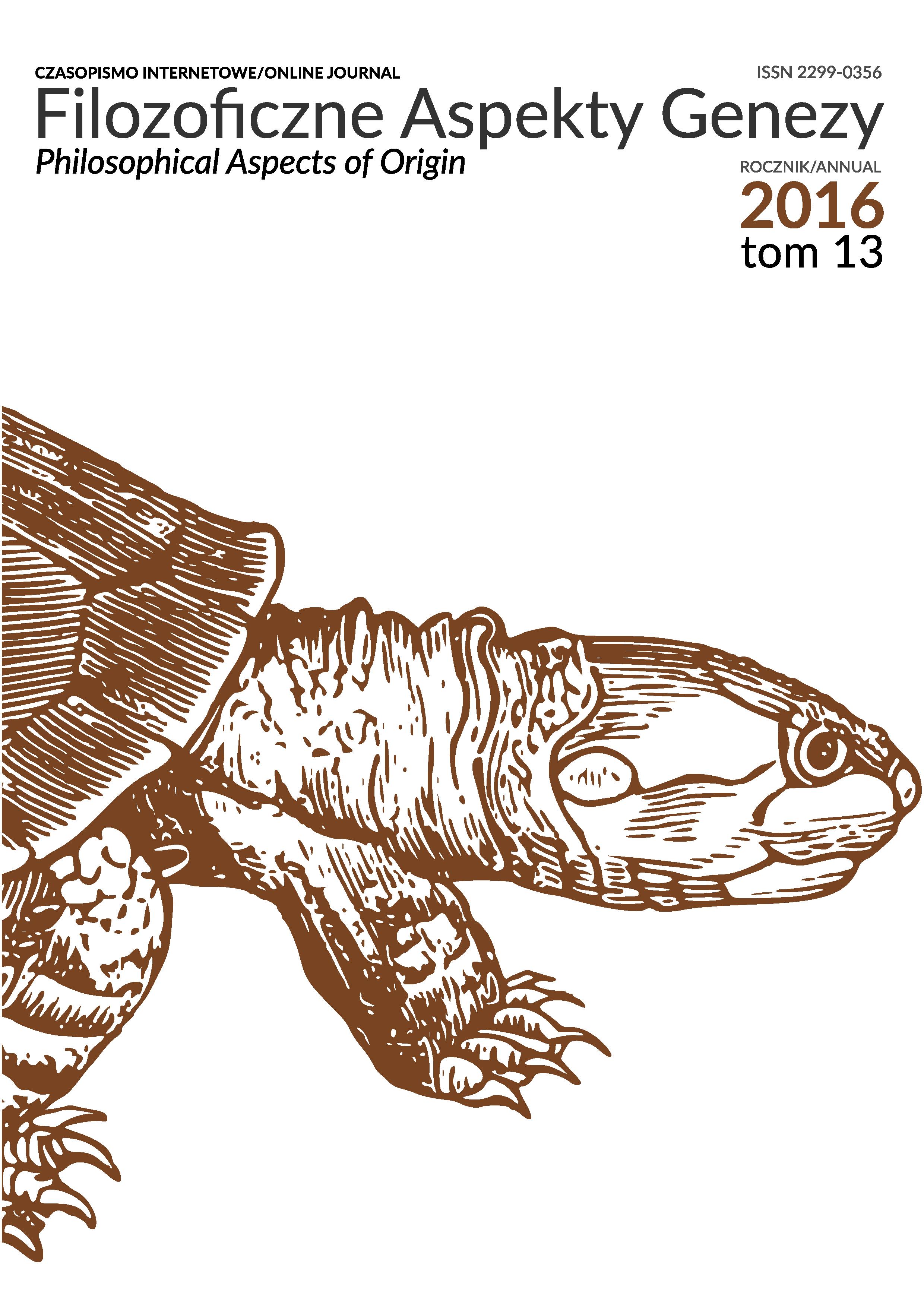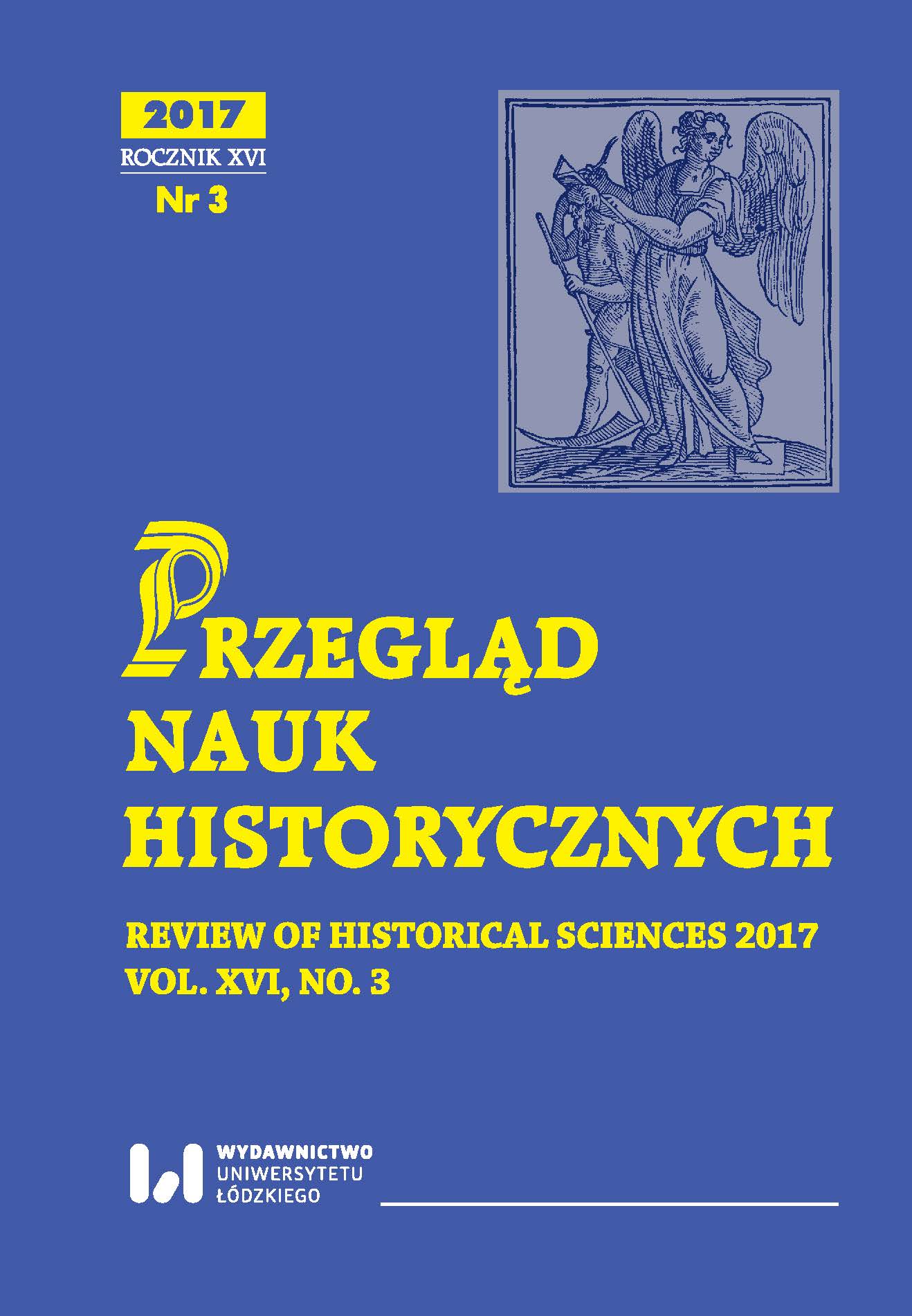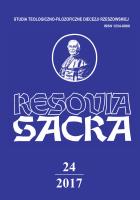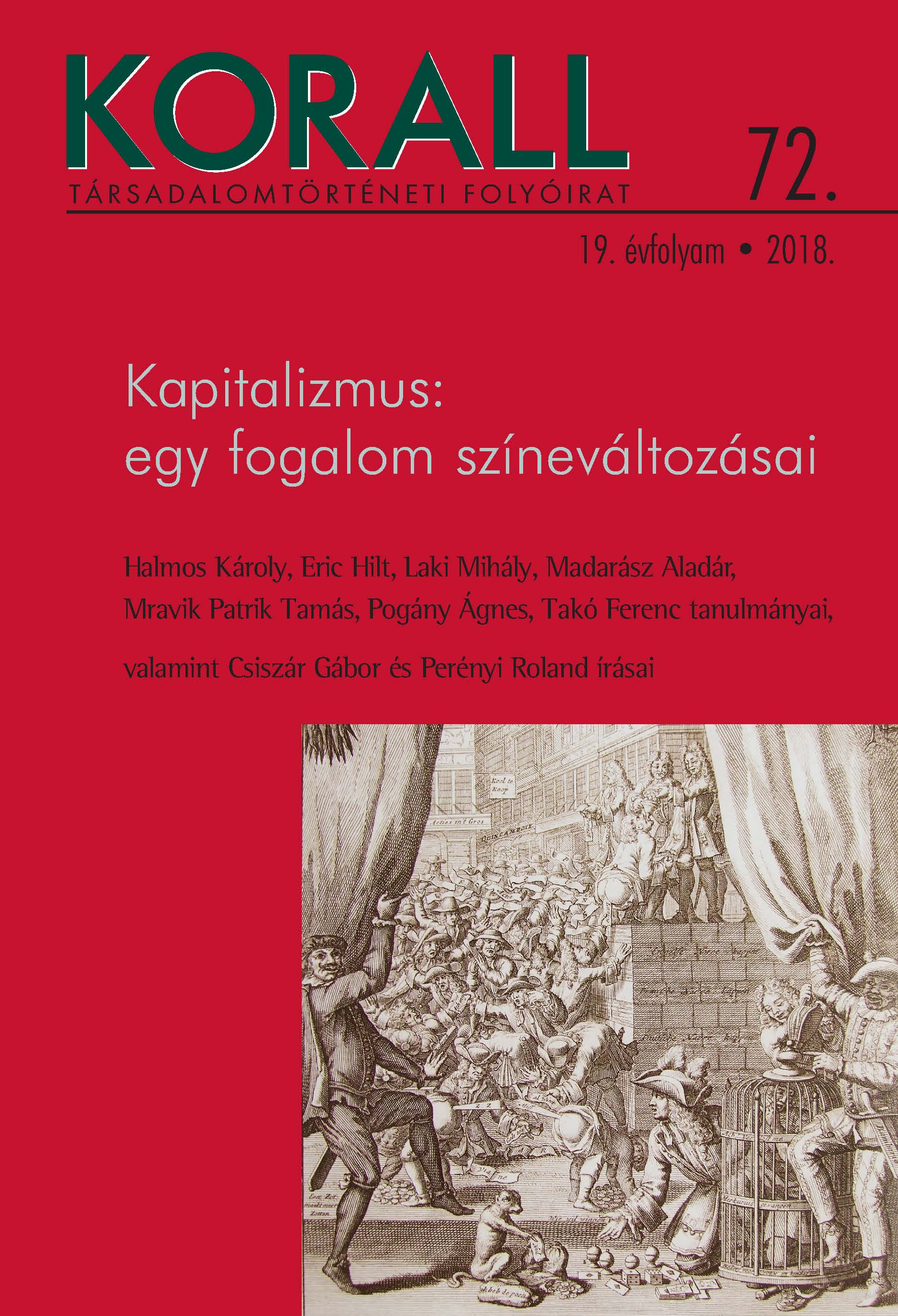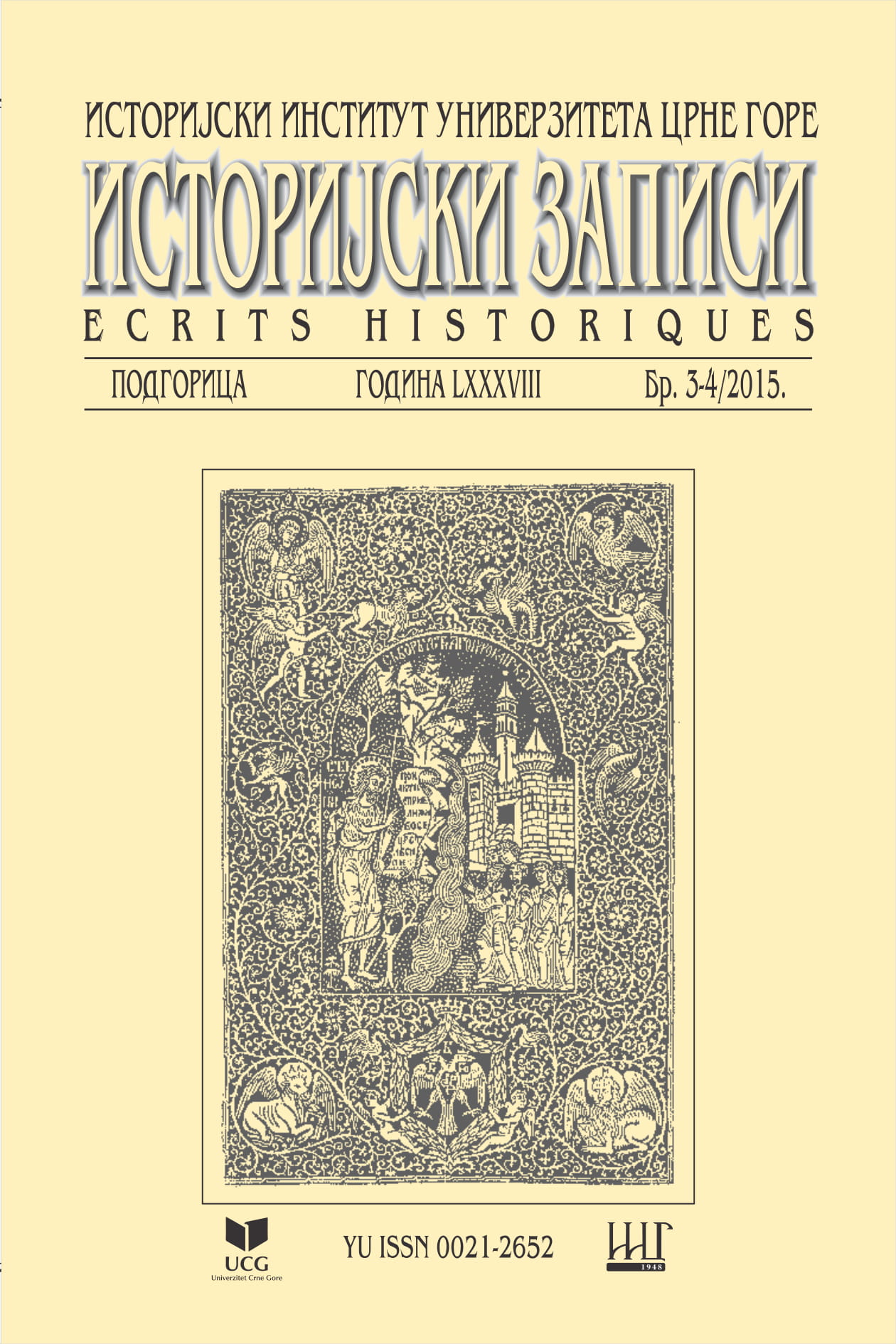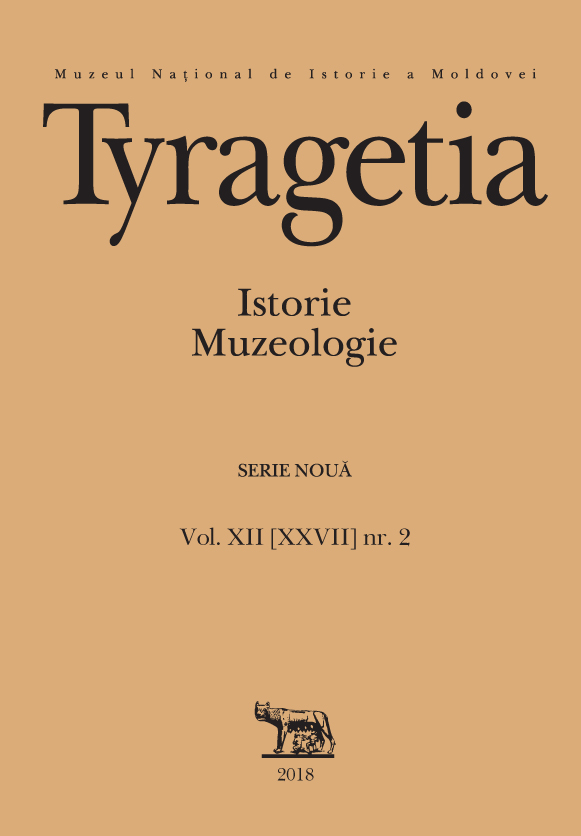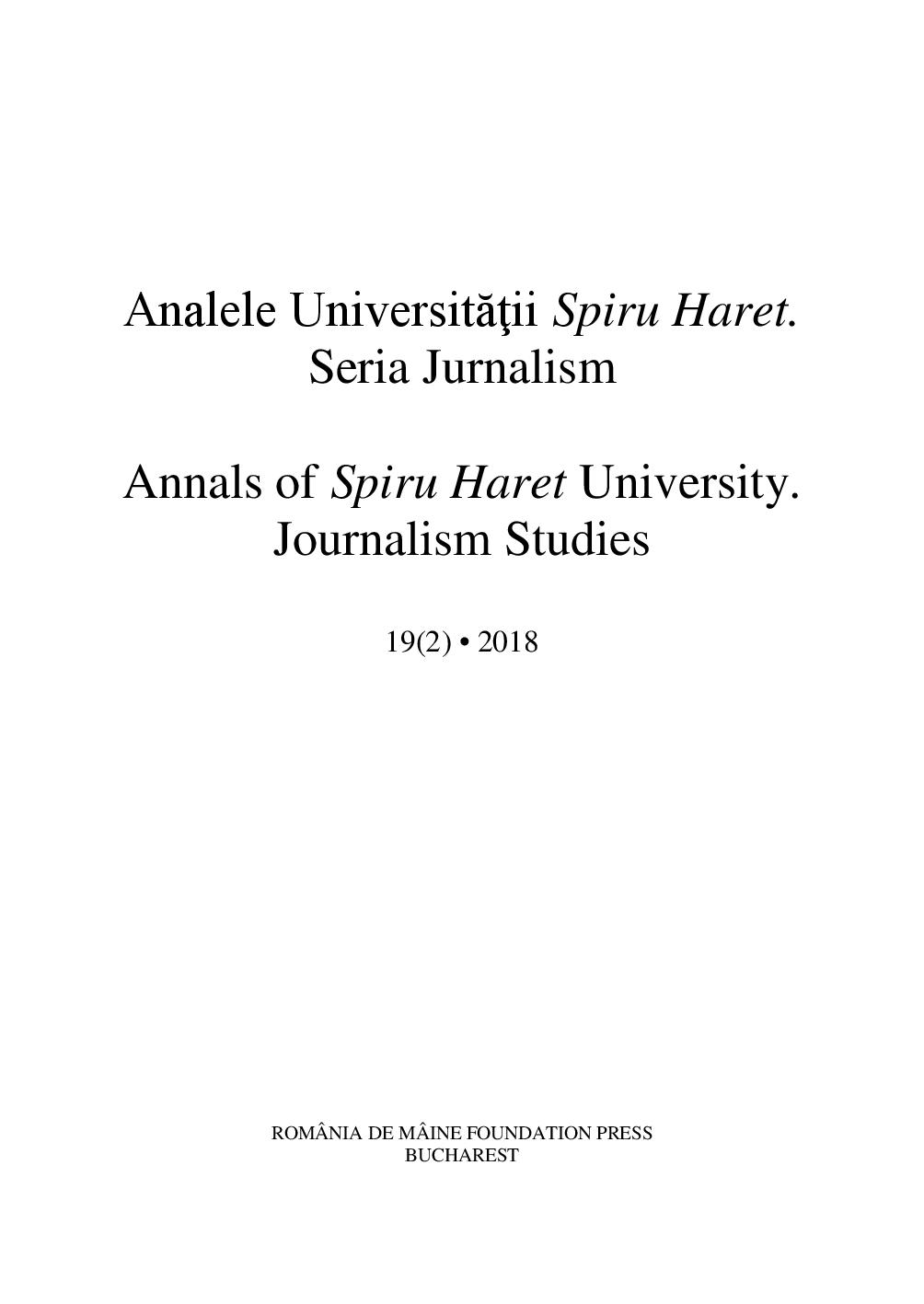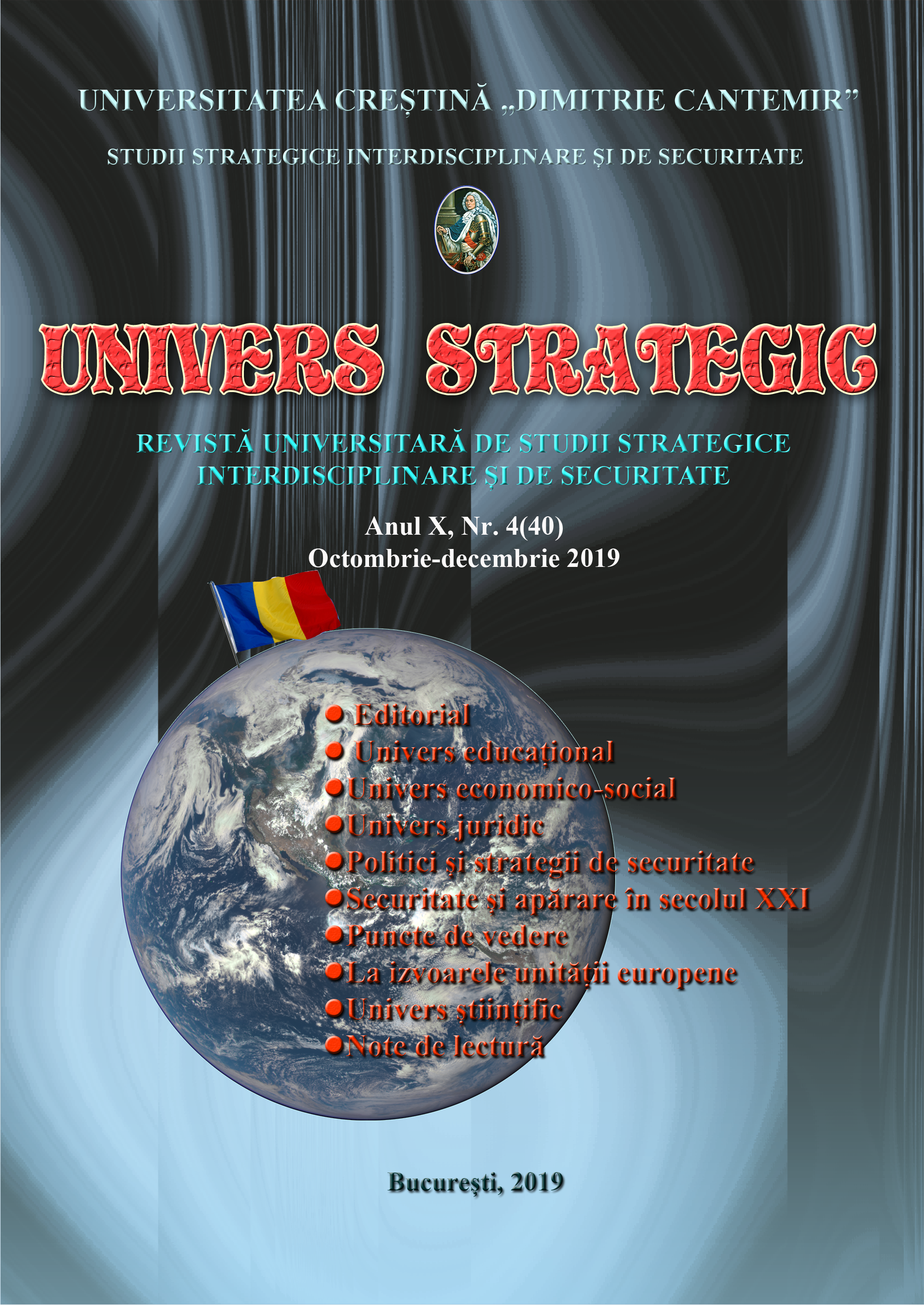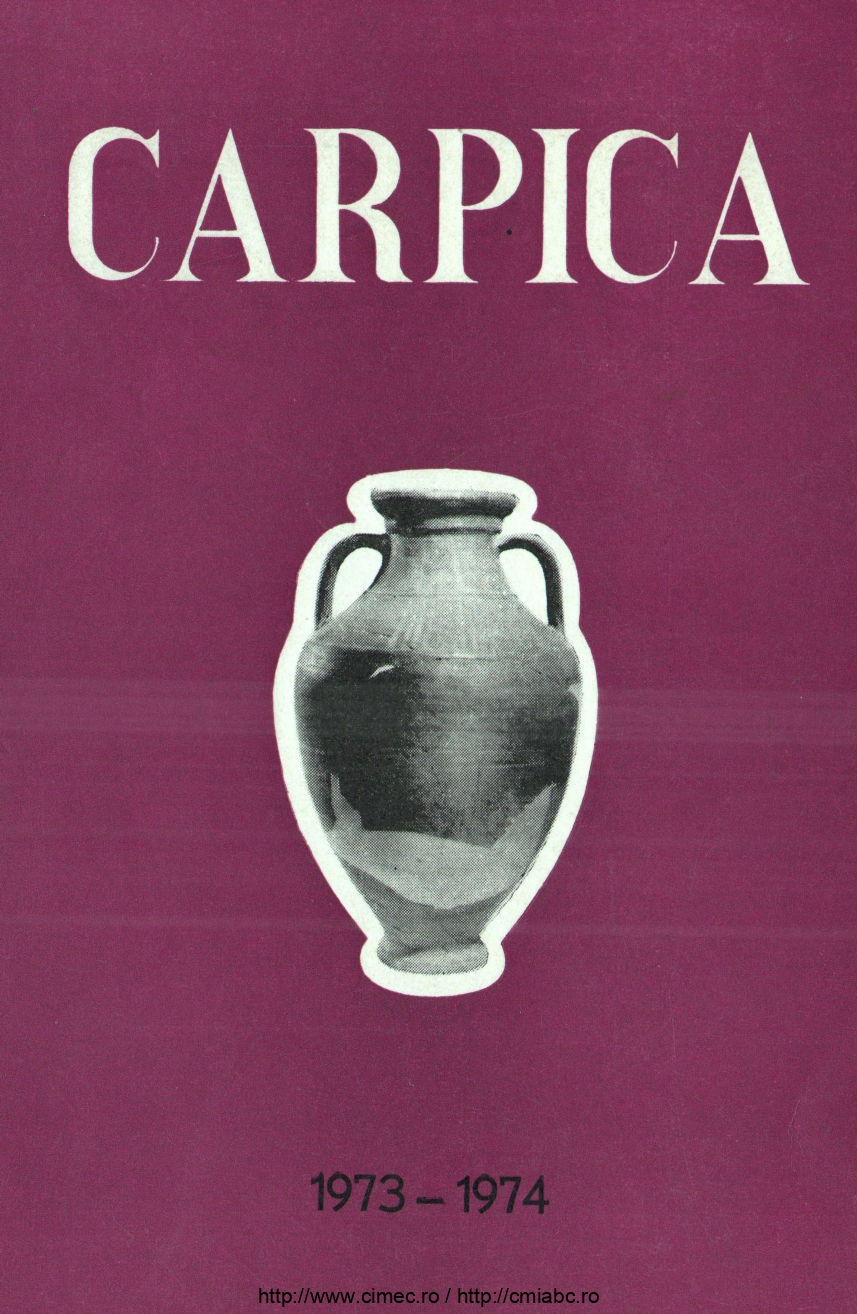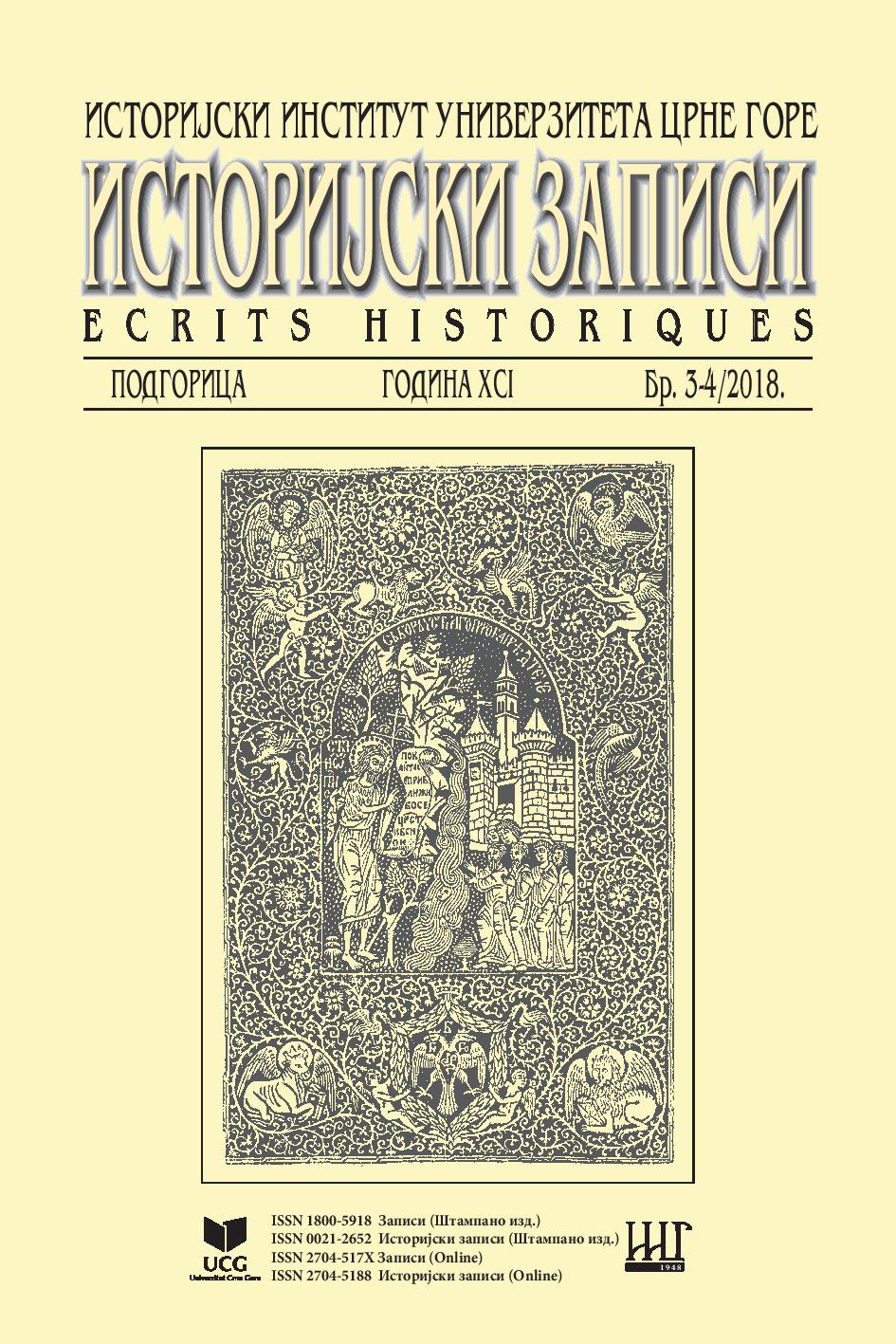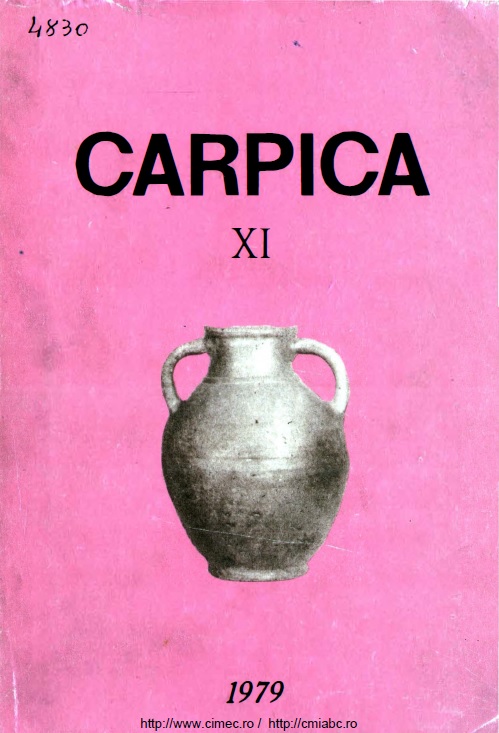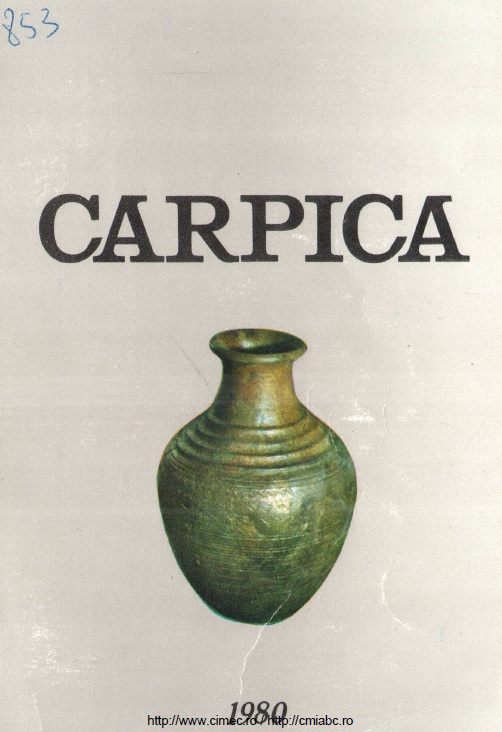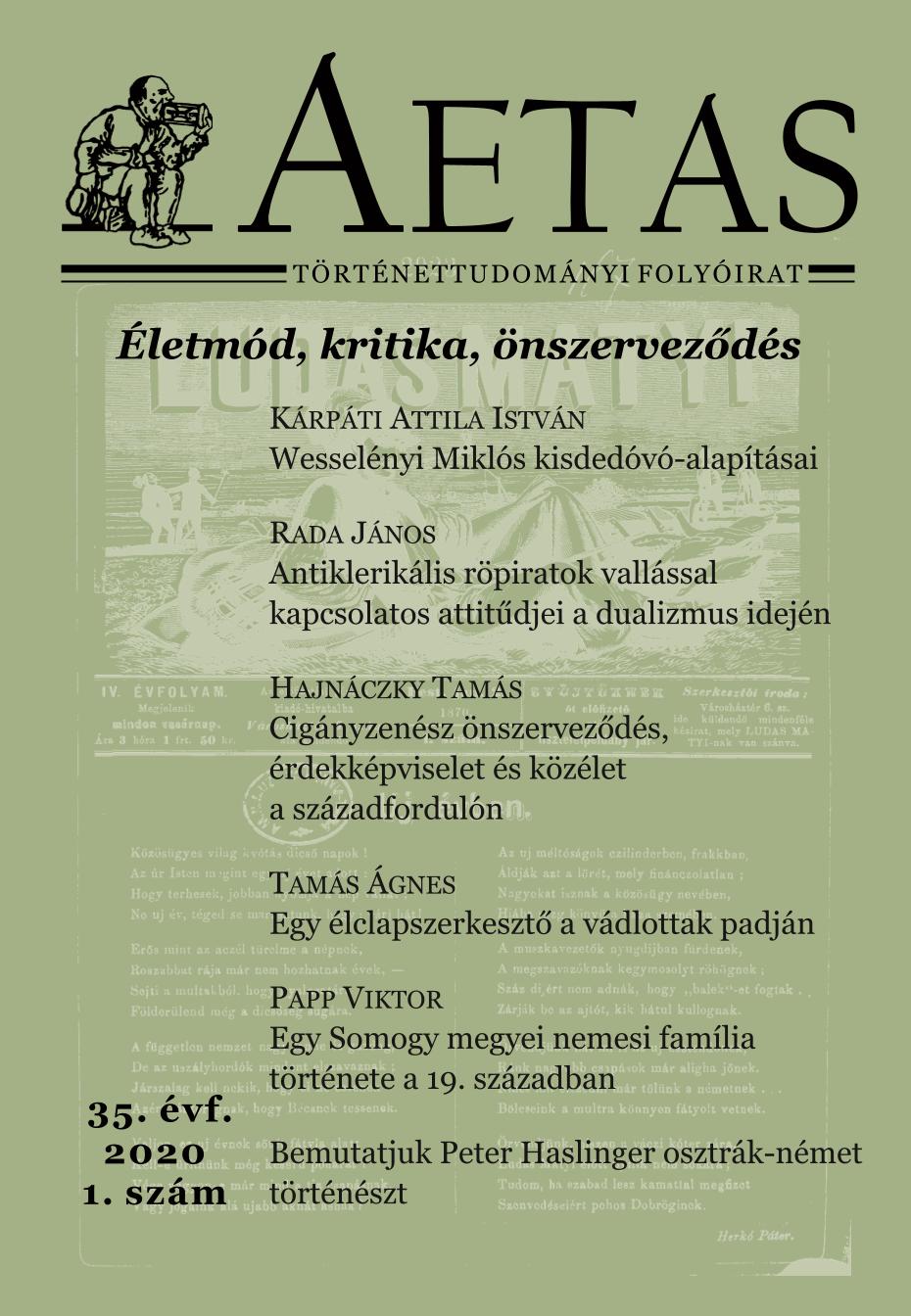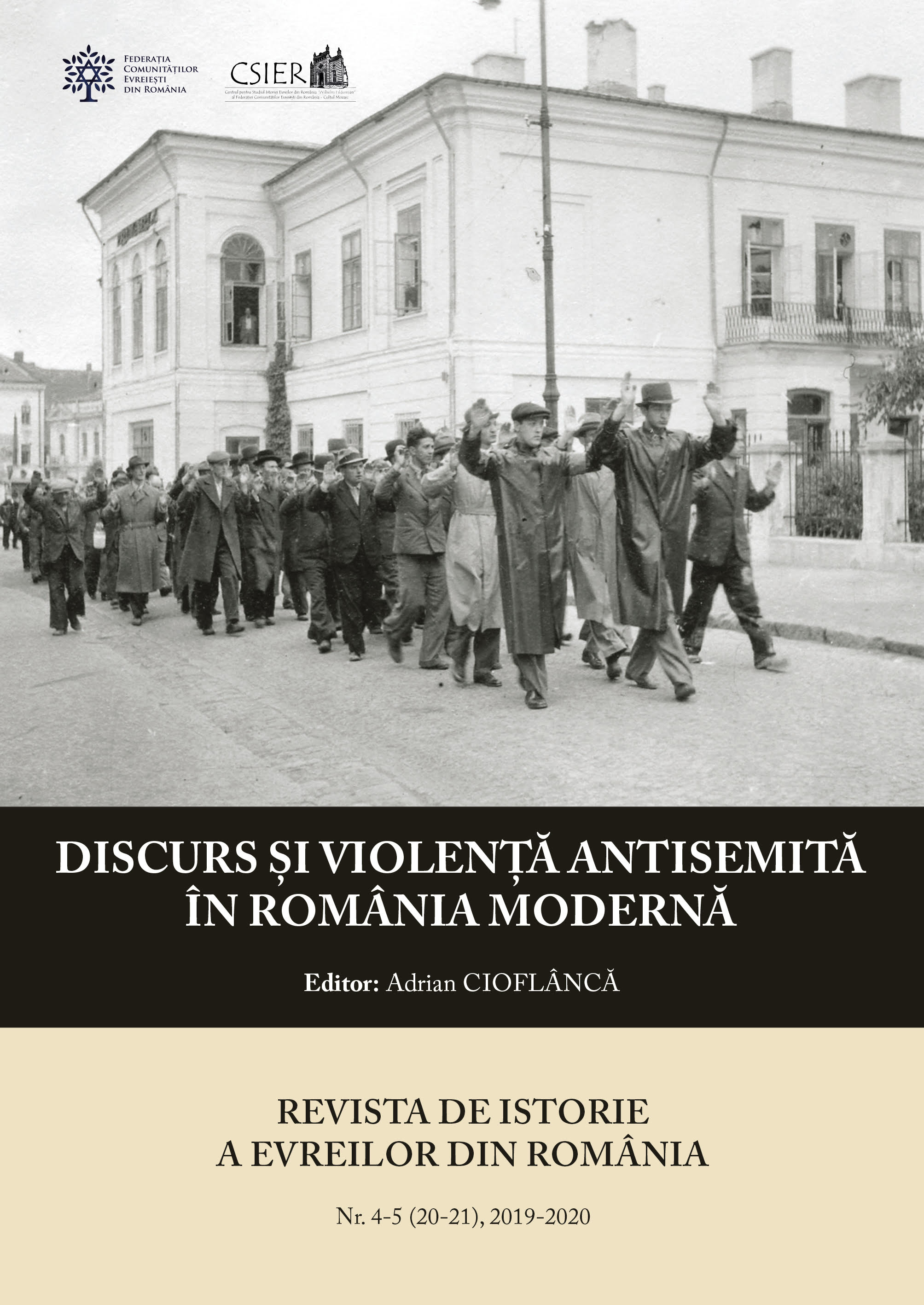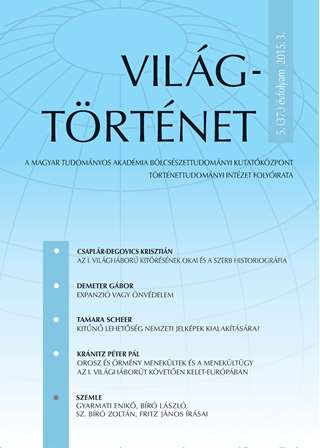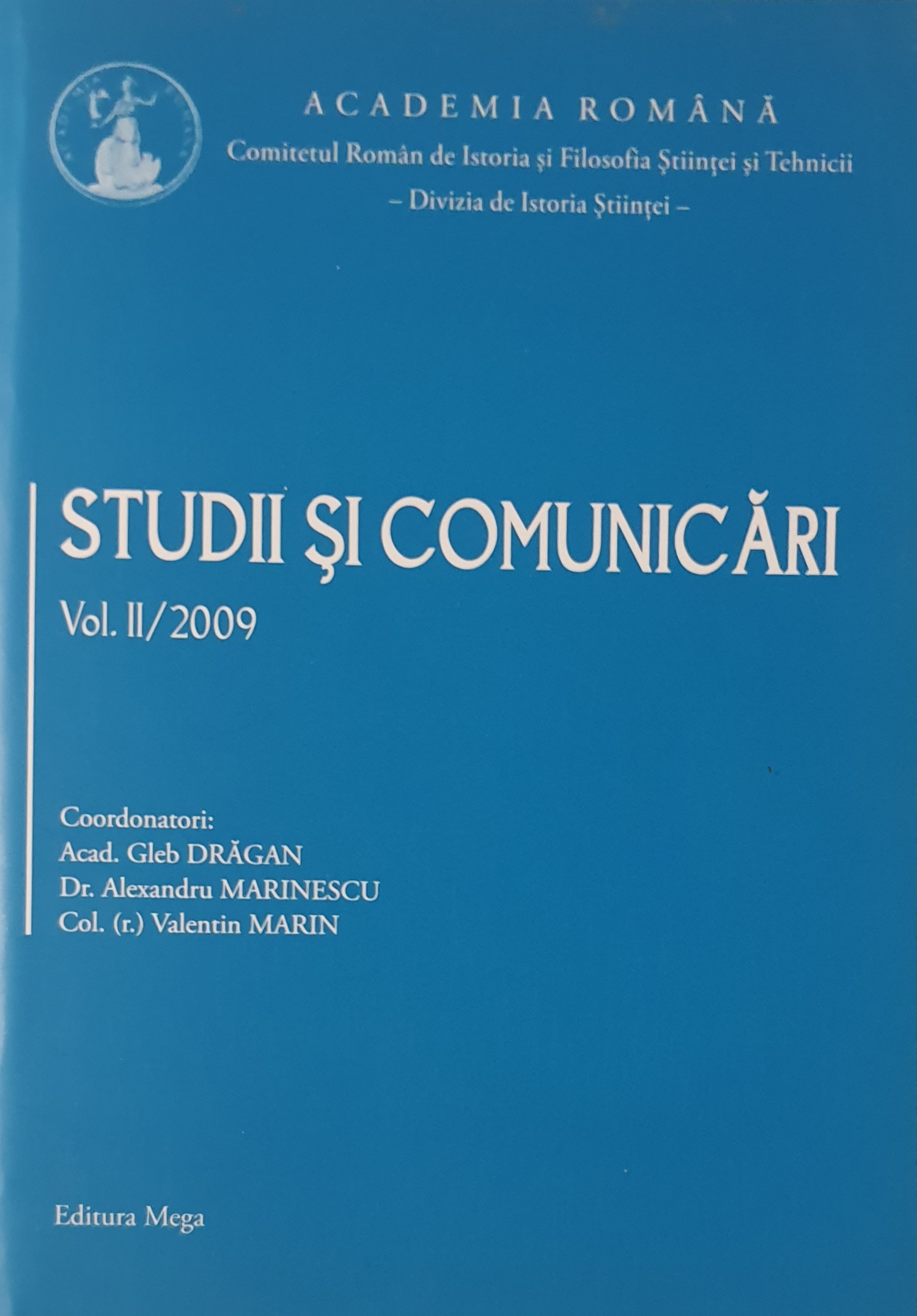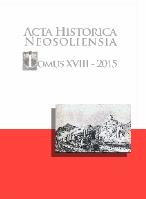
Recepcia Erazma Rotterdamského a uhorských erazmovcov vo Vedomostiach Mateja Bela
The work Notitia Hungariae novae by Matej Bel (Bél Mátyás) is based on rich historical source material depicting the character of life in described historic times. For the purpose of em‐ phasizing concrete era or historic figure, it often publishes historic source in its all extent (in extenso). Letters from correspondence of the great figure of Transalpine humanism Erasmus of Rotterdam also belong to such type of source. Matej Bel (Bél Mátyás) used them in the case of three persons whose life destiny is related to history of Hungary. These persons are Esztergom archbishop Mikuláš Oláh (Oláh Miklós), Wroclaw bishop Ján Turzo (Thurzó János) and Olomouc bishop Stanislav Turzo (Thurzó Szaniszló). At this time, all of them are marked as Erasmists, i.e. the most important Central European representants and propaga‐ tors of humanist ideas of Erasmus of Rotterdam. Matej Bel (Bél Mátyás) wanted to illustrate the meaning of these historic figures through the content of their letters that they exchanged with Erasmus as the most significant humanist scholar. It follows persisting response and reception of Erasmus of Rotterdam in Hungary even at the beginning of the 18th century. Slovak commented edition of letters from the correspondence of Erasmus of Rotterdam with Turzo (Thurzó) family that Matej Bel (Bél Mátyás) used in his work is presented in a supple‐ ment.
More...
